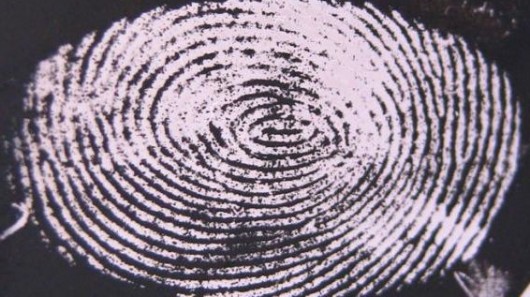
Instead of using a powder that sticks to fingerprint residue, they created an electrochromic polymer film that doesn’t. The film does form on metal surfaces – and changes color – when an electrical current is applied to such a surface. Because of the insulating quality of the residue, however, the film won’t form beneath it. In fact, the fingerprint ends up working like a stencil, allowing the film to appear only on the bare metal where the residue is notpresent. This creates a negative image of the fingerprint, in which the spaces between the various insulating ridges and whorls are highlighted.
Additionally, the polymer also contains fluorophore molecules that fluoresce another color when exposed to light or other sources of electromagnetic radiation. Therefor, by using both electricity and light to produce either of two different colors, forensic investigators can fine-tune their fingerprint images for optimum clarity.
via Gizmag






